1. The security line isn’t your personal unpacking station
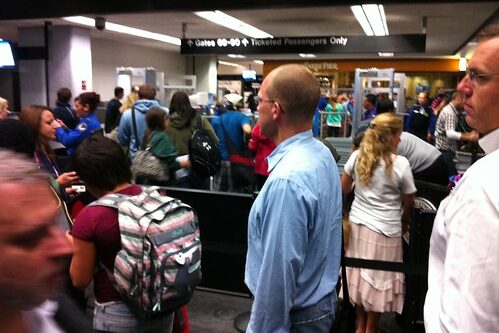
Seasoned travelers know to be ready before it’s your turn at the TSA checkpoint. That means having your ID and boarding pass in hand, liquids and electronics ready to go, and shoes easy to slip off. Frequent flyers avoid fumbling around at the conveyor belt because it slows the entire line. Think of it like a well-rehearsed choreography—smooth and efficient.
The reason this is so important is that security lines are already one of the slowest parts of air travel. Every extra 15 seconds a person takes compounds into minutes for the people behind them. If you’re not ready, you’ll earn quiet glares from those who are. Frequent flyers consider “line etiquette” almost sacred.
2. The boarding order actually matters

Boarding groups aren’t just random numbers on your pass—they’re a carefully timed system to prevent chaos. Frequent flyers know to board when their group is called, not three groups early. Early boarding is often a perk for loyalty members, people with status, or those who need extra time. Jumping the queue just makes the process more chaotic.
One big reason for following the system is overhead bin space. If too many people board early, bins fill up, and later passengers are forced to gate-check bags. This slows deplaning at the other end and frustrates everyone. Boarding in order keeps the flow predictable and efficient.
3. Avoid blocking the jet bridge
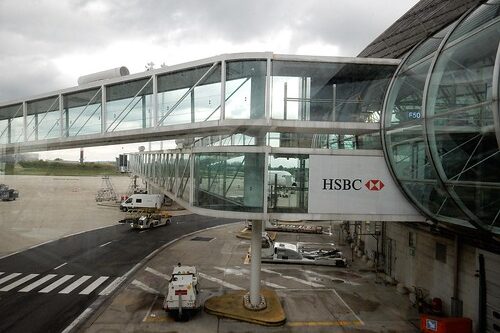
Once you scan your boarding pass, you’re technically boarding—but don’t stop to reorganize your bag right there. The jet bridge is a single narrow lane for everyone, and clogging it delays the boarding process. Frequent flyers move all the way onto the plane before pausing to settle in. It’s about keeping traffic moving.
Blocking the jet bridge creates a domino effect inside the cabin. If you pause there, the people behind you can’t even get to their seats. It’s the airborne equivalent of stopping dead in the middle of a busy sidewalk. The best habit is to keep walking until you’re completely out of the way.
4. There’s a silent armrest treaty
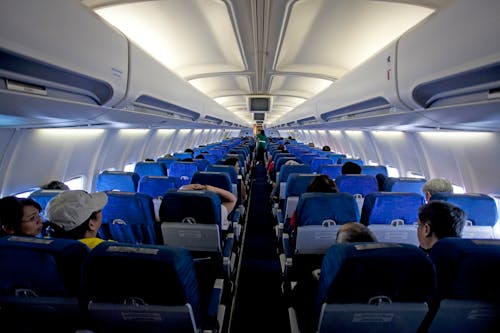
The “middle seat gets both armrests” rule isn’t in any handbook, but regular travelers honor it. If you’re in the aisle or window, you already have your own space advantage. Giving the middle passenger both armrests is a small kindness for the least desirable seat. It’s one of the unwritten peace treaties of the sky.
The logic is simple: in tight quarters, small comfort matters. The middle passenger can’t lean against the window or stick an elbow into the aisle. Having both armrests is their consolation prize. Frequent flyers know this and rarely contest it.
5. Recline with awareness
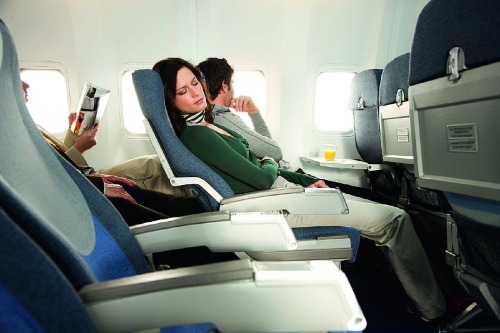
Reclining your seat is allowed, but doing it suddenly or during meal service is a rookie mistake. Regular travelers recline slowly and check behind them first. They also avoid reclining on short flights or when the cabin is clearly cramped. It’s about courtesy as much as comfort.
The impact is bigger than you think—when you recline, you reduce the space for the passenger behind you to eat, work, or use a laptop. That’s why frequent flyers save full reclines for longer flights, especially overnight ones. It’s a balance between personal comfort and shared space. This unwritten rule keeps tempers cool at 35,000 feet.
6. Don’t sprint the second the plane lands
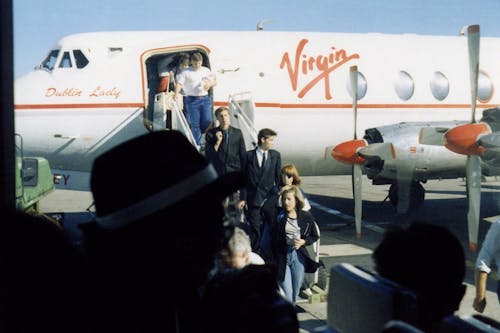
When the seatbelt sign turns off, first-time travelers sometimes leap into the aisle. Experienced flyers know this doesn’t get you off the plane any faster unless you’re in the first few rows. The polite move is to wait your turn, row by row. Everyone is getting off; nobody’s being left behind.
The reason this matters is safety and efficiency. Standing early clogs the aisle and forces people to awkwardly maneuver bags overhead. If everyone stays seated until their row moves, deplaning is smoother. It’s a patience game the pros have mastered.
7. The “headphones rule” is universal
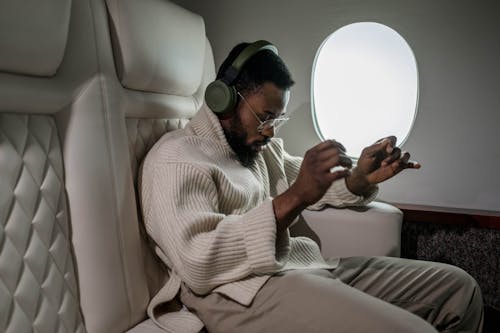
Headphones on? Conversation over. Frequent flyers recognize this as the polite signal that someone doesn’t want to chat. It’s not personal—it’s just airplane social code.
The rule is important because cabins are shared spaces with little escape from unwanted interaction. Not everyone wants to make small talk at 6 a.m. on a red-eye. Respecting the headphones rule keeps the peace. Those who ignore it get a mental note from regular travelers.
8. Bathrooms aren’t for changing outfits unless necessary
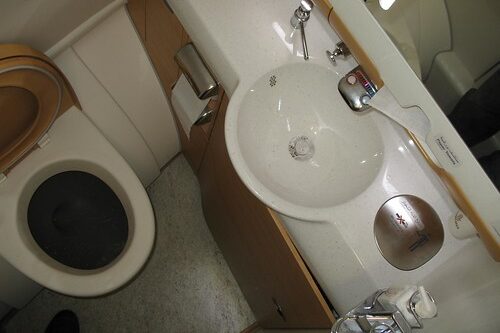
On long-haul flights, some people use the lavatory to change clothes, but frequent flyers keep it quick. Changing takes up precious space and time for others who just need the restroom. Unless it’s an overnight flight or you’re heading straight to a meeting, it’s better to wait. Bathrooms are for quick, essential visits.
Why? Because airplane lavatories are tiny, in-demand, and already prone to queues. Long waits can be miserable for people in urgent need. Limiting non-essential use is an unspoken courtesy. It’s about thinking beyond your own comfort.
9. Overhead bin space is for bags, not jackets
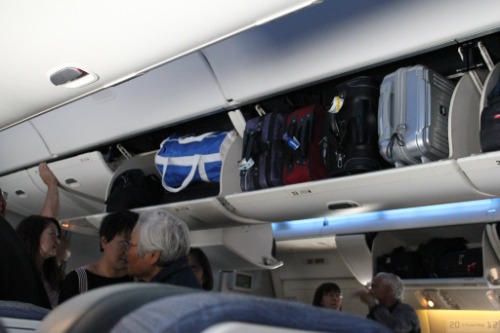
Regular travelers know that small personal items and jackets should go under the seat, not in the bin. Overhead space is limited and should be prioritized for larger carry-ons. Putting a jacket up there can cost someone else their bag space. It’s a small habit that makes a big difference.
The logic comes from efficiency. If bins fill up with small items, more passengers have to gate-check bags, slowing boarding and deplaning. Frequent flyers keep bins for big luggage and stash smaller items below. It’s a shared-space mindset.
10. Don’t hover by the gate
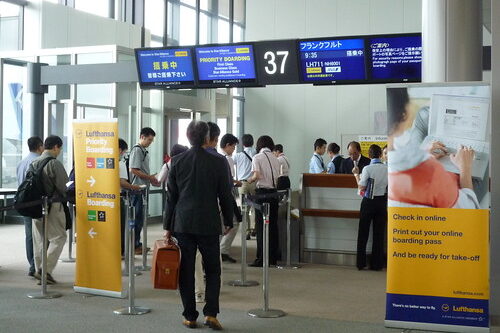
Standing directly in front of the boarding lane before your group is called just creates a wall of bodies. Frequent flyers hang back until it’s nearly their turn. This keeps walkways clear for those actually boarding. Plus, it saves you from awkwardly shuffling aside every two seconds.
Crowding the gate also stresses airline staff and slows down boarding. Gate agents have to repeatedly call out for people to step back or move aside. It’s one of the most common rookie mistakes. Pros wait until their group is truly up.
11. Window shade decisions affect everyone
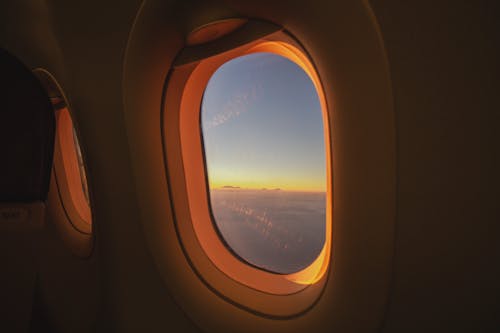
If you’re in the window seat, controlling the shade is a privilege—but also a responsibility. Frequent flyers glance around before plunging the cabin into darkness or flooding it with light. Bright sunlight can bother people trying to sleep, while darkness might hinder those reading. The best flyers adjust to the general mood of the cabin.
This is especially true on long-haul or red-eye flights. Sudden light changes can wake people and disrupt rest. On daytime flights, leaving the shade cracked helps with jet lag adjustment. A little awareness goes a long way.
12. Keep your seat pocket tidy
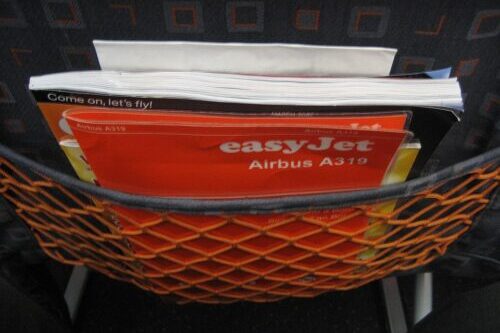
That seat pocket in front of you isn’t a personal trash can. Frequent flyers avoid stuffing it with wrappers, tissues, or food containers. It’s cleaned between flights, but hidden trash can delay turnarounds. Plus, it’s just bad manners.
Flight attendants and cleaning crews already have tight schedules. A messy seat pocket slows them down and creates extra work. Keeping it clear is a small way to be considerate to both staff and the next passenger. Pros leave it as they found it.
13. The luggage carousel isn’t a contact sport
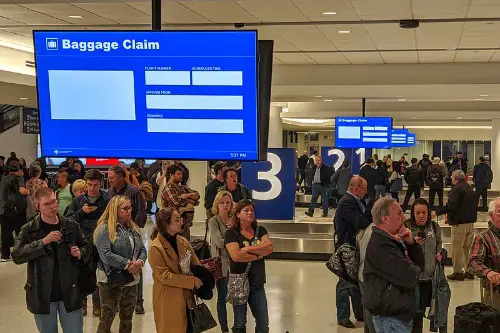
Crowding right up to the conveyor belt blocks others from retrieving their bags. Frequent flyers stand back a few feet until they spot their luggage. Then they step forward, grab it, and move away quickly. It’s a system that works when everyone follows it.
Hogging the front space just forces others to push through, making the process slower and more stressful. Standing back also gives you a better view of approaching bags. The unspoken rule is: if it’s not your bag, don’t block the path for someone else. This is basic carousel courtesy.
14. Applauding on landing is optional (and rare)
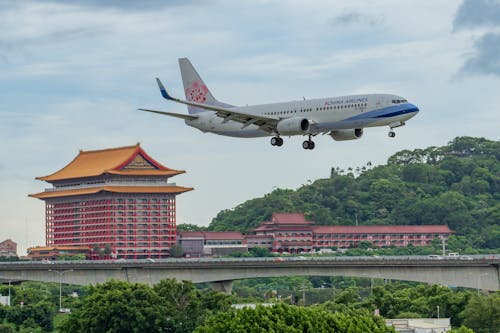
Some travelers clap when the plane touches down, but frequent flyers usually skip it. They see safe landings as standard, not an event. The applause is more common on smaller or more remote routes. Most seasoned passengers just nod and pack up quietly.
That doesn’t mean clapping is wrong—it’s just not the norm. Pros know the crew hears thanks more clearly when it’s said directly during deplaning. A quick “thank you” to the pilots or flight attendants goes further. It’s a quieter, but equally appreciated, gesture.
This post 14 Unwritten Airport Rules Only Frequent Flyers Can Decode was first published on American Charm.


